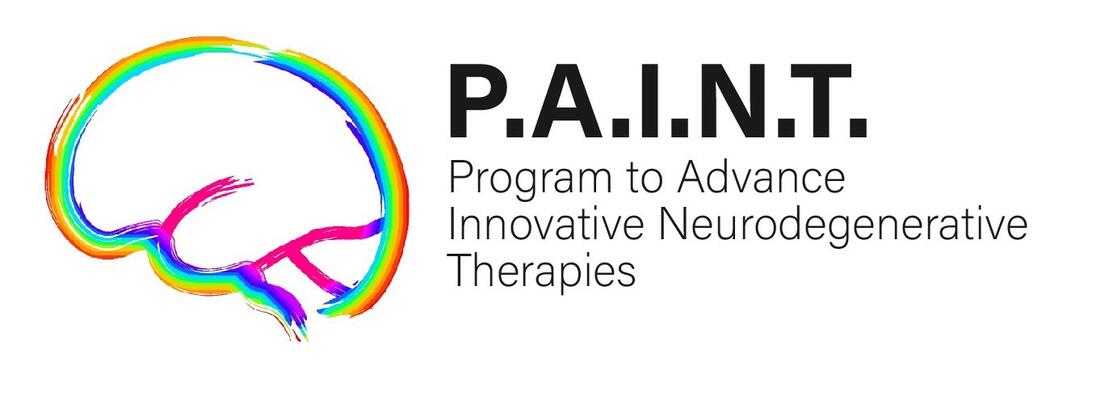BACKGROUND: Huntington's disease (HD) is a neurodegenerative disorder marked by cognitive impairment, movement abnormalities, and behavioral disturbances. The Stroop Color Word Test (SCWT) is a widely used tool to detect cognitive decline in HD. Variations in SCWT formats-horizontal (original) and vertical (Golden)-may influence performance, given HD's impact on cognitive and oculomotor abilities.
OBJECTIVE: This study aimed to compare the effectiveness of the horizontal and Golden vertical SCWT formats in detecting cognitive decline in HD, and to determine how performance may have been influenced by eye movement abnormalities.
METHODS: Forty-five participants with genetically confirmed HD were recruited. Both SCWT formats were administered to each participant in a counterbalanced fashion. Individual performance of all three sections on each format was standardized across 2 different norms. Raw and normed scores on each variation were compared and correlated with eye movement ratings on the Unified Huntington's Disease Rating Scale.
RESULTS: The Golden variation elicited significantly slower responses, particularly in the Word Reading section, across two benchmark norms. Statistical analysis revealed significant performance differences between the two formats. Correlations between vertical eye movement ratings and performance on the Golden SCWT were highly significant, highlighting the impact of oculomotor coordination on cognitive assessments in HD.
CONCLUSION: This study underscores the importance of considering test format in cognitive assessments for HD. The Golden vertical SCWT demonstrates increased sensitivity in detecting deficits in HD, possibly linked to vertical saccade abnormalities. These insights are important for improving the sensitivity of cognitive assessments and monitoring disease progression in HD research and clinical practice.


